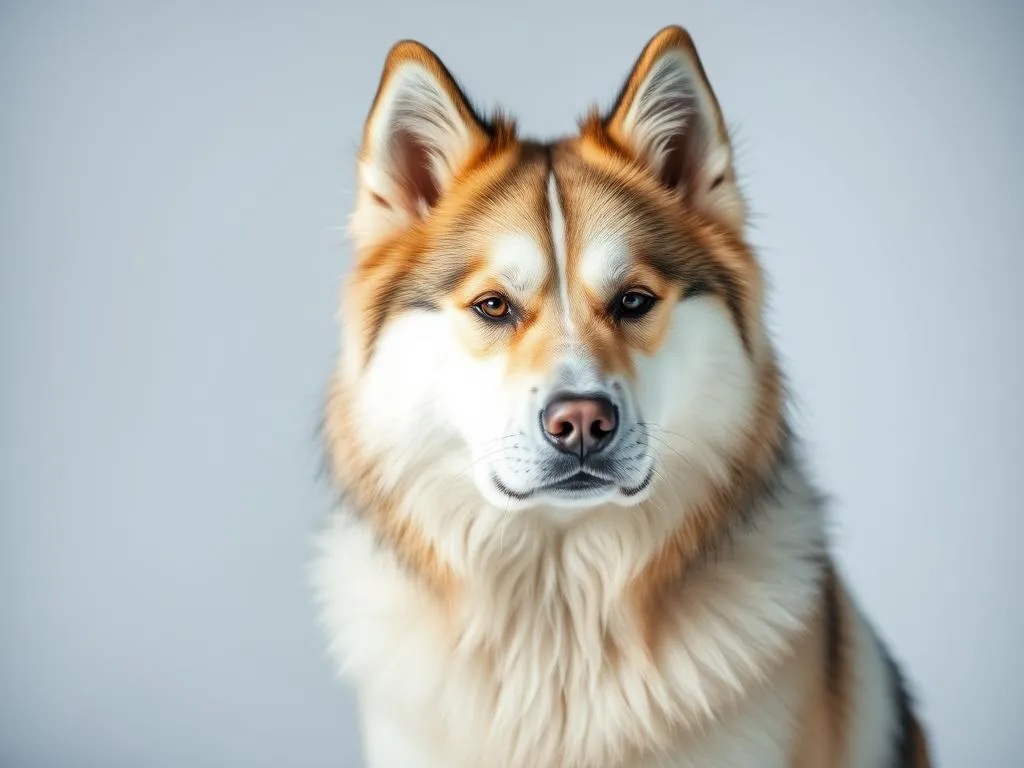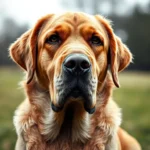
Introduction
Alaskan dog breeds are a unique group of canines that have developed in the rugged and challenging environment of Alaska. These breeds are characterized by their strength, endurance, and adaptability, qualities that have made them invaluable companions to the indigenous peoples of the region. Understanding these breeds is crucial not only for potential dog owners but also for appreciating the historical and geographical context in which these dogs evolved.
The purpose of this article is to delve into the various Alaskan dog breeds, providing detailed information about their history, characteristics, health needs, training methods, and lifestyle compatibility. This guide aims to assist prospective dog owners in selecting the right breed that aligns with their personal lifestyles and commitments.
History and Origin of Alaskan Dog Breeds
Historical Background
Dogs have played a significant role in the lives of indigenous Alaskan cultures for thousands of years. They were not only companions but also vital working animals. Historically, these breeds were bred for specific tasks such as hunting, sledding, and guarding. The Alaskan Malamute, for instance, was originally developed by the Mahlemut tribe for heavy hauling, while the Siberian Husky was bred by the Chukchi people for sled pulling and companionship.
Geographical Influence
The harsh climate and varied terrain of Alaska have significantly shaped the characteristics of its dog breeds. These dogs have thick double coats that provide insulation against the cold, large paws for walking on snow, and powerful builds for endurance. Their adaptability to the environment is a testament to their evolution, making them well-suited for the demanding conditions of the Alaskan wilderness.
Popular Alaskan Dog Breeds
Overview of the Most Common Breeds
Among the Alaskan dog breeds, several stand out for their popularity and unique traits. Below, we explore the most recognized breeds, offering insights into their history, physical characteristics, behavior, and care requirements.
Alaskan Malamute
- History and Origin: The Alaskan Malamute is one of the oldest Arctic sled dog breeds, developed by the Mahlemut tribe. They were used for heavy hauling and as companions.
- Physical Characteristics: Malamutes are large, powerful dogs, weighing between 75 to 100 pounds. They have a thick, double coat that can be gray, black, sable, or red, with white markings.
- Temperament and Behavior: Known for their friendly and affectionate nature, Malamutes are good with families but can be independent and stubborn.
- Care and Grooming Needs: Regular grooming is essential, especially during shedding season. They require plenty of exercise and mental stimulation to prevent boredom.
Siberian Husky
- History and Origin: The Siberian Husky was bred by the Chukchi people in Siberia for sled pulling and companionship, making them known for their endurance and friendly nature.
- Physical Characteristics: Huskies typically weigh between 35 to 60 pounds and have striking blue or multicolored eyes. Their coats are thick and can come in various colors.
- Temperament and Behavior: These dogs are energetic, intelligent, and friendly. They thrive in active households and can be escape artists if not properly fenced.
- Care and Grooming Needs: Regular exercise is crucial, as is grooming to manage shedding. They are known to be vocal, often howling rather than barking.
Alaskan Klee Kai
- History and Origin: The Alaskan Klee Kai is a smaller version of the Siberian Husky, developed in the 1970s to be a companion breed.
- Physical Characteristics: Weighing between 10 to 20 pounds, Klee Kais have a thick double coat and come in various colors. They have a fox-like appearance, with erect ears and a curled tail.
- Temperament and Behavior: These dogs are alert, intelligent, and affectionate. They bond closely with their families and can be reserved around strangers.
- Care and Grooming Needs: They require regular exercise and mental stimulation. Grooming is necessary to keep their coats healthy, especially during shedding.
Chinook
- History and Origin: The Chinook is a rare breed developed in the early 20th century in New Hampshire but has ties to Alaskan sled dog lineage.
- Physical Characteristics: Chinooks are medium to large dogs, weighing between 50 to 90 pounds. They have a thick coat that can be a combination of colors.
- Temperament and Behavior: Known for their friendly and gentle demeanor, Chinooks are great with children and other pets. They are intelligent and eager to please.
- Care and Grooming Needs: Regular exercise is essential, along with grooming to manage shedding. They thrive in active environments.
Greenland Dog
- History and Origin: The Greenland Dog is one of the oldest breeds used by Inuit people for sledding and hunting. They are known for their strength and endurance.
- Physical Characteristics: These dogs are large, weighing between 60 to 100 pounds, with a thick coat that can withstand extreme cold.
- Temperament and Behavior: Greenland Dogs are loyal, hardworking, and independent. They require strong leadership and consistent training.
- Care and Grooming Needs: Regular exercise is a must, and grooming is necessary to manage their thick coats, especially during shedding seasons.
Other Notable Breeds
- Samoyed: Known for their friendly disposition and iconic “Sammy smile,” these dogs were bred for herding and pulling sleds.
- Canadian Eskimo Dog: One of the oldest dog breeds in North America, they were traditionally used for sledding and hunting, known for their strength and resilience.
Health Considerations
Common Health Issues in Alaskan Dog Breeds
While many Alaskan dog breeds are generally healthy, they are predisposed to certain genetic conditions. Common health issues include hip dysplasia, eye problems, and heart conditions. Regular veterinary check-ups are crucial to monitor these risks and ensure overall health.
Preventative Care
Preventative care is essential for keeping your Alaskan breed healthy. Regular vaccinations and health screenings should be part of your dog’s routine. Additionally, a balanced diet tailored to their specific needs is vital for maintaining their health and energy levels.
Training and Socialization
Training Techniques for Alaskan Breeds
Training Alaskan dog breeds requires patience and consistency. Early training and socialization are crucial for developing a well-adjusted dog. Positive reinforcement methods often yield the best results, as these breeds can be stubborn.
Behavioral Considerations
Alaskan breeds are known for their high energy and intelligence, which can sometimes lead to behavioral challenges. They may display stubbornness or a strong prey drive, making it important to provide consistent training and boundaries. Regular exercise and mental stimulation are also critical to manage their energy levels and promote good behavior.
Lifestyle Compatibility
Evaluating Owner Lifestyle
When considering an Alaskan dog breed, it’s essential to evaluate your lifestyle. These dogs thrive in active environments and require significant exercise. If you lead a sedentary lifestyle, an Alaskan breed may not be the best fit.
Space and Environment Requirements
Alaskan breeds typically need ample space to roam and play. Ideally, they should have access to a secure outdoor area where they can burn off energy. Living in an apartment or a small space without outdoor access can be challenging for these active dogs.
Family Compatibility
Most Alaskan dog breeds are known for their friendly nature and compatibility with children and other pets. However, early socialization is important to ensure positive interactions. Always supervise interactions between dogs and young children to foster a safe environment.
Adoption and Responsible Ownership
Where to Find Alaskan Dog Breeds
When looking to adopt an Alaskan dog breed, it’s essential to find reputable breeders or consider adopting from shelters. Researching breed-specific rescues can also lead to finding a dog in need of a home. Always ask about health clearances and the dog’s background.
Responsibilities of Ownership
Owning an Alaskan dog breed comes with responsibilities, including commitment to training, socialization, and healthcare. Understanding the specific needs of the breed is crucial for providing a happy and healthy environment. Ensure you have the time, resources, and willingness to meet these needs before bringing a dog into your home.
Conclusion
In summary, Alaskan dog breeds are remarkable canines with unique characteristics shaped by their historical and geographical context. From the powerful Alaskan Malamute to the energetic Siberian Husky, each breed offers distinct traits that can suit different lifestyles. Potential dog owners should consider their lifestyles, living environments, and family dynamics when choosing a breed.
By understanding the needs and characteristics of these breeds, you can make an informed decision that leads to a fulfilling and rewarding companionship with your new furry friend.





